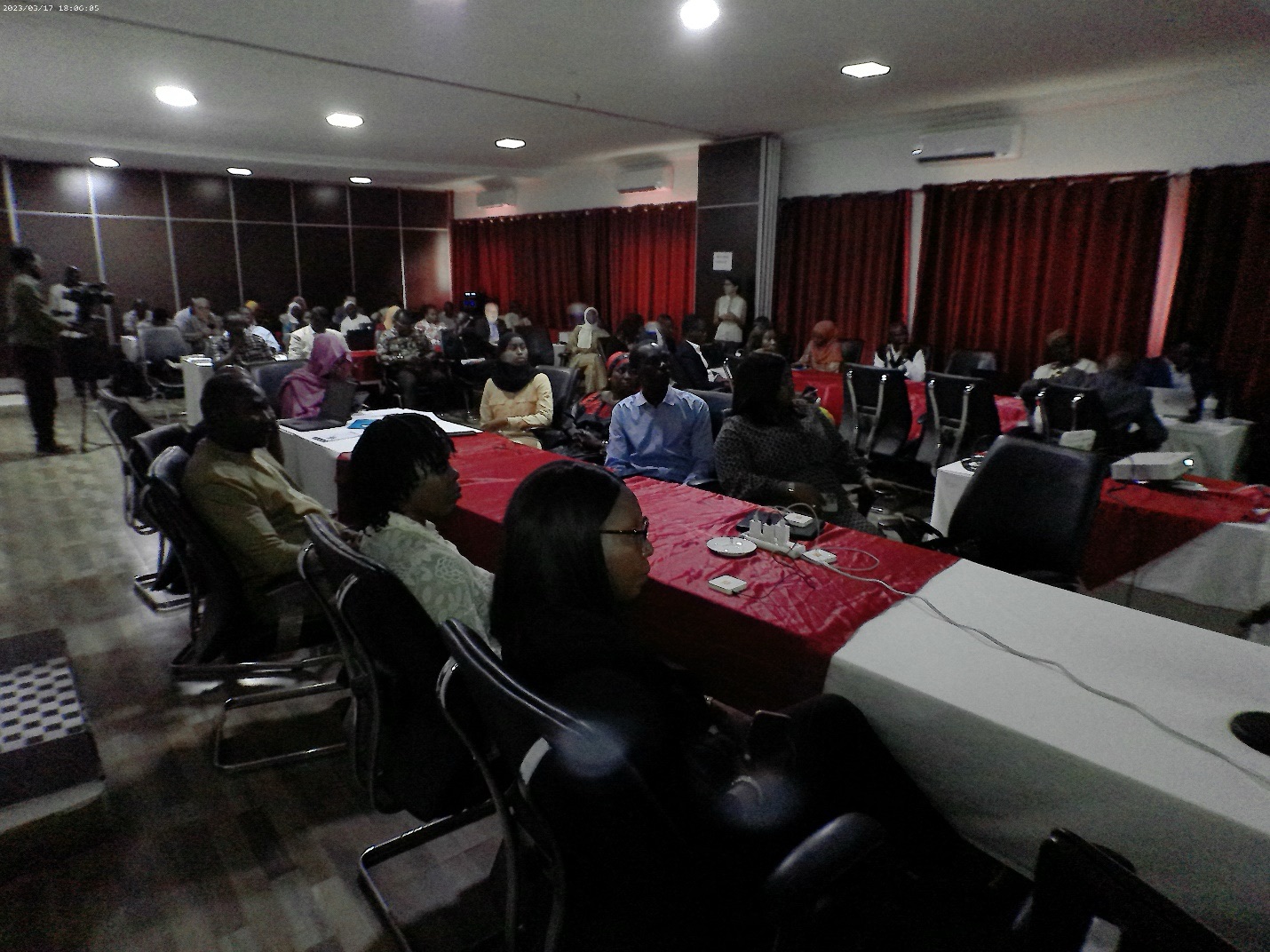With Edi Secka
Introduction
In today’s world, where every gadget from audio speakers to cooking appliances are interconnected directly or indirectly, cybersecurity is not just an option but a necessity. With the rapid adoption of new technologies by individuals, businesses, and governments to enhance communication, operations, and data storage, more vulnerabilities is exposed, leading to an exponential rise in cyber threats and an increased risk of falling victim to cybercrime.
As a result, cyberattacks now target everyone from individuals facing cyberbullying to corporations and governments crippled by ransomware. Many of these breaches stem from simple yet effective techniques like phishing and social engineering.
This article aims to educate and sensitize readers on cybersecurity, and to highlight its importance in the digital ecosystem, exposing the potential risks associated with it. This article also presents the best practices for preventing and mitigating cyberattacks.
What is Cybersecurity?
Cybersecurity refers to a set of practices, technologies, and processes designed to protect networks, devices, programs, and data from cyberattacks, unauthorized access, and damage.
Cybersecurity is built on three fundamental principles, commonly referred to as the CIA Triad: Confidentiality, Integrity, and Availability.
Confidentiality ensures that sensitive data is accessible only to authorized individuals; Meanwhile Integrity maintains data accuracy by preventing unauthorized alterations. Whereas, Availability guarantees that systems and data remain accessible to authorized users when needed.
Regardless of how openly information is shared, these principles ensure secure and reliable digital operations. While the field cybersecurity encompasses many specialized areas from app security to IOT security, this article focuses on cybersecurity as a whole rather than any specific subdivision.
Common Cyber Threats
Cyberbullying
First, we have cyberbullying, which is the use of digital platforms like Tiktok to harass, humiliate, or intimidate individuals. With high sophistication powered by AI-generated deep fakes, doxing, and coordinated trolling campaigns, these threats are growing. However, it can mitigated by saving evidence and reporting to concerned authorities, using deep fake detection software, and disseminating awareness of their existence and risks it cause to individuals.
Phishing Attacks
Phishing attacks emanate from using basic to advanced tools in attempts to deceive victims into voluntarily giving out sensitive data. With advanced AI-powered deception, phishing remains a top cyber threat. Current trends include MFA fatigue attacks where users are bombarded with numerous authentication requests until they accidentally approve access, and specially crafted attacks on executives or employees in the form of spear phishing that aimed at stealing credentials. The following measures could follow to mitigate the risks of phishing attacks, such as advanced spam filters, multi-factor authentication, and simulated phishing drills.
Social Engineering Attacks
Another trending risk is social engineering attacks, which exploit human trust to gain access to systems or sensitive information. Techniques include pretexting to extract passwords, baiting individuals into downloading malware, and Business Email Compromises (BEC), which have cost Gambian companies millions in revenue. The risks of social engineering can be mitigated by building zero-trust architectures with strict access control policies, monitoring abnormal behaviors in user activity, and implementing comprehensive security awareness programs.
Man-in-the-Middle (MITM) Attacks
MITM is an attack type where the attacker secretly intercepts and alters data exchanged between two parties. Individuals are highly exposed to this form of attack when using public Wi-Fi; it involves session hijacking, or stealing browser cookies to bypass logins. This threat can be mitigated by ensuring sites use secure HTTPS, using VPNs, and implementing network segmentation.
Why is Cybersecurity a Matter of Concern?
Modern life depends on digital systems for everything from banking and education to healthcare. Our smart devices constantly track and log data about our every move. When such data falls into the wrong hands, it can lead to financial ruin, privacy invasion etc. An as the use of AI, IoT, and cloud services grows, cybersecurity is no longer just an IT issue; it has become a global priority. Neglecting it can have severe consequences, from minor disruptions like account lockouts to catastrophic outcomes such as business collapses or, in extreme cases, loss of life.
Cybersecurity Best Practices
For individuals;
Password management: For password protected accounts to have ultimate security the should use different passwords for different accounts, apply passwording standard (mix of upper case letters, lower case letters,figures,symbols).Use password manager to assist with generation, storage and auto-filling of passwords. Also use of Multifactor Authentication, which uses a person’s personal device to proof their identity.
Regular Update: always download and install the latest version of every software in use. Use reputable Antivirus software’s, avoid clicking links, refrain from connecting to public Wi-Fi, and verify unexpected but prompt emails. Finally, backup your files regularly and keenly monitor your financial accounts report phishing attempts.
NB: It should be highly noted that unsubscribing to unknown marketing campaigns would signal activeness of your email address to the pretentious attackers.
For Companies
Implement Strong, Adoptive policies: Businesses need to continually update security policies as different departments and functions adopt new technology, tools, and ways of dealing with data. Employees then need to be trained to comply with each policy update.
Impose standard password policy: Regular internet users might be familiar with password requirements such as using uppercase and lowercase letters, special characters, and numbers to create a strong password. Company systems and tools tend to have similar requirements. Some organizations might even provide complicated passwords to users to ensure maximum security.
Monitor third party systems: third-party users with access to your organization’s systems and applications can pose a great threat, whether limited or not. Either way, they can cause cybersecurity breaches. By monitoring user activity, restricting access to sensitive information, and providing one-time passwords, you can detect malicious activity and prevent breaches from occurring.
Conclusion
In an increasingly interconnected world, cybersecurity has become a critical necessity for individuals, businesses, and governments alike. The rise of sophisticated cyber threats such as cyberbullying, phishing, social engineering, and MITM attacks demonstrates the urgent need for robust security measures. As technology evolves, so do the risks, making it imperative to adopt proactive cybersecurity practices.
By understanding the principles of cybersecurity confidentiality, integrity, and availability and implementing best practices such as strong password management, multi-factor authentication, regular software updates, and user awareness training, individuals and organizations can significantly reduce their vulnerability to cyber threats.
Ultimately, cybersecurity is not just an IT issue but also a shared responsibility that requires vigilance, education, and continuous adaptation. Ignoring it can lead to devastating consequences, from financial losses to reputational damage and beyond. Therefore, staying informed and proactive is the best defense in safeguarding our digital future.





